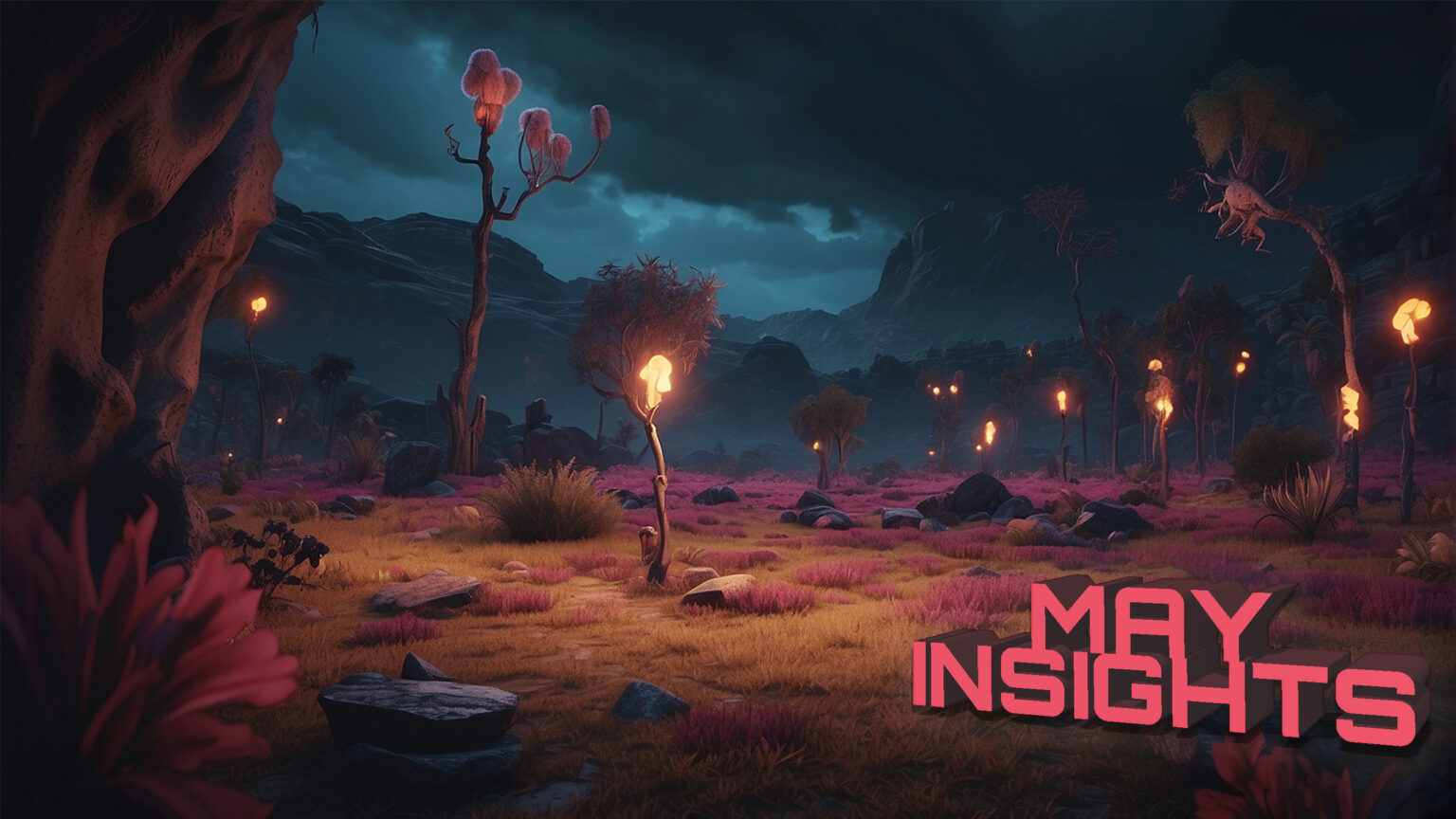In the ever-evolving world of gaming, monetization strategies play a crucial role in the success and longevity of a game. The gaming industry has grown exponentially over the years, and with it, the competition has become fiercer. To stand out and thrive in this competitive landscape, game developers need to adopt effective monetization strategies that not only generate revenue but also enhance the overall gaming experience. This article delves into various strategies for effective game monetization and maximising profits, while maintaining a balance between user satisfaction and financial success.
From in-app purchases and advertising to subscription models and sponsorships, we will explore the most successful monetization techniques used by top-grossing games. We will also discuss the importance of understanding your target audience, analysing user behaviour, and adapting your monetization strategy accordingly. Additionally, we will touch upon the role of game design in driving revenue and the significance of creating a sustainable monetization model that fosters long-term player engagement.
By the end of this article, you will have a comprehensive understanding of the various monetization strategies available to game developers and the factors that contribute to their success. Armed with this knowledge, you will be better equipped to make informed decisions about your game’s monetization strategy, ultimately maximising profits and ensuring the continued growth and success of your gaming venture.
Understanding the Target Audience
Demographics and Player Behavior: Knowing your audience is pivotal. Game developers should gather demographic data (age, gender, location) and analyse player behaviours to tailor monetization strategies effectively. This approach ensures that offerings resonate with players, potentially increasing their willingness to spend.
Tailoring Strategies: Adapting monetization approaches to fit different player segments can significantly enhance their effectiveness. For example, younger audiences may prefer microtransactions for cosmetic items, while more mature players might value gameplay-enhancing purchases.
In-Game Advertising
Ad Formats and Placement: Integrating different types of advertisements such as banners, videos, and interstitials needs to be done thoughtfully. Proper placement and frequency of ads can optimise visibility without disrupting the gaming experience, thus maintaining player engagement.
Balancing Ads and Gameplay: It’s crucial to find a balance where ads support the game’s economy without compromising gameplay quality. Overloading the game with ads can deter players, so moderation is key.
In-App Purchases (IAPs)
Types and Design: IAPs should be designed to appeal to different player types, offering items like consumables, non-consumables, and subscriptions. Each type serves different player needs and preferences, potentially enhancing their gaming experience and willingness to purchase.
Pricing and Promotions: Competitive pricing and timely promotions can drive sales. Dynamic pricing strategies and special offers can attract price-sensitive players and boost revenue.
Freemium Model
Free vs. Premium Offerings: Offering a basic version of the game for free while reserving more advanced features or content for a premium paid version can attract a broad user base. Encouraging upgrades through visible benefits and occasional promotions can convert free users into paying customers.
Virtual Goods and In-Game Currency
Virtual Economy Design: Creating a compelling in-game economy where players can earn and spend virtual currency is crucial. Well-designed virtual goods should offer added value, encouraging players to spend real money.
Promotions for Virtual Goods: Utilising promotions such as limited-time offers or exclusive items can increase the attractiveness of virtual goods purchases.
Special Events and Promotions
Event-Driven Monetization: Hosting special events or challenges can revitalise player interest and boost monetization through exclusive content or offers available for a limited time.
Cross-Promotion and Partnerships
Leveraging Partnerships: Collaborating with other developers or brands can open up new monetization channels. These partnerships can enhance content offerings and introduce both games to broader audiences.
Utilising Analytics for Strategy Optimization
Data-Driven Decisions: Implementing robust analytics tools to monitor player interactions and preferences helps in refining monetization tactics. Analysing data allows developers to identify what works, adapt strategies, and personalise offers to meet player demands effectively.
Continuous Improvement
Game Updates and Community Engagement: Regular updates and active engagement with the community can prolong the game’s life, sustain player interest, and by extension, revenue streams. Feedback from players is invaluable for iterative improvement of monetization strategies.
FAQs:
Q: What are the common monetization strategies in the gaming industry?
A: The common monetization strategies in the gaming industry include in-app purchases, advertising, subscriptions, and sponsorships.
Q: How can in-app purchases be used to maximise profits?
A: In-app purchases can be used to maximise profits by offering players the ability to buy virtual goods, such as extra lives, power-ups, or cosmetic items. These purchases should be designed to enhance the player’s experience and provide a sense of progress or achievement.
Q: What are some effective advertising strategies for game monetization?
A: Effective advertising strategies for game monetization include rewarded video ads, interstitial ads, banner ads, and native ads. These should be implemented in a way that doesn’t disrupt the player’s experience and provides value to the user.
Q: How can subscriptions be used to generate revenue in the gaming industry?
A: Subscriptions can be used to generate revenue by offering players access to exclusive content, features, or benefits. This can include early access to new content, ad-free experiences, or special in-game events.
Q: What are some tips for maximising profits through sponsorships?
A: To maximise profits through sponsorships, game developers should seek out sponsors that align with their target audience and game’s theme. They should also ensure that the sponsorship is integrated seamlessly into the game, providing value to the player without disrupting their experience.
References:
https://lunamedia.io/news/monetizing-your-mobile-game-in-2023-in-app-ads-in-app-purchases-and-more/
https://www.blog.udonis.co/mobile-marketing/mobile-games/mobile-game-monetization
https://rocketbrush.com/blog/navigating-game-monetization-trends-and-strategies-for-2023-2024


